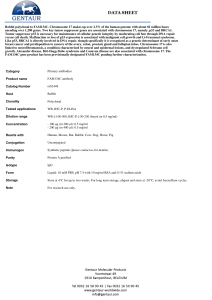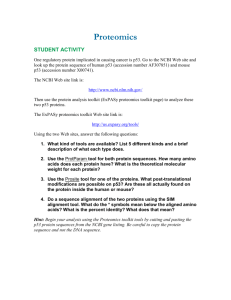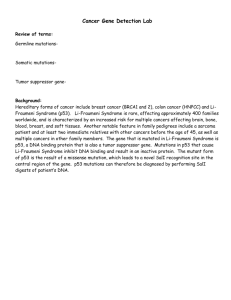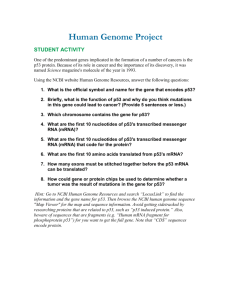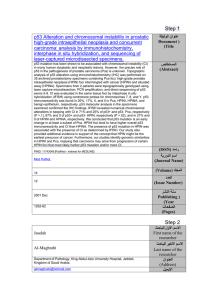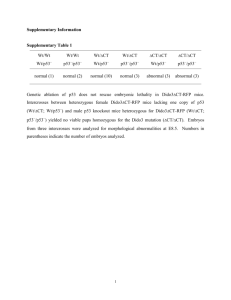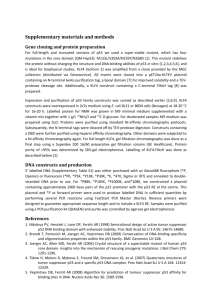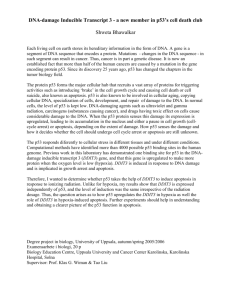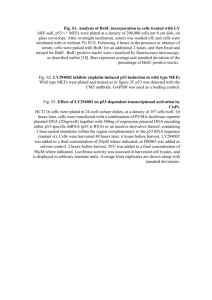HUWE1 is a potential therapeutic target in Multiple Myeloma — Lisa
advertisement
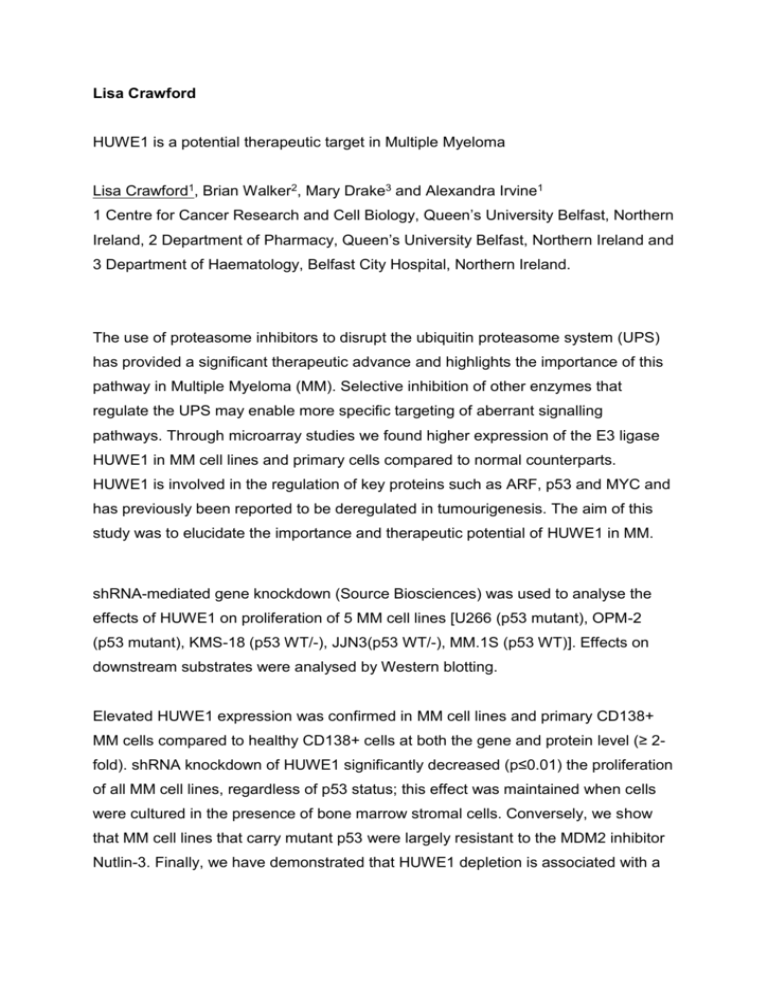
Lisa Crawford HUWE1 is a potential therapeutic target in Multiple Myeloma Lisa Crawford1, Brian Walker2, Mary Drake3 and Alexandra Irvine1 1 Centre for Cancer Research and Cell Biology, Queen’s University Belfast, Northern Ireland, 2 Department of Pharmacy, Queen’s University Belfast, Northern Ireland and 3 Department of Haematology, Belfast City Hospital, Northern Ireland. The use of proteasome inhibitors to disrupt the ubiquitin proteasome system (UPS) has provided a significant therapeutic advance and highlights the importance of this pathway in Multiple Myeloma (MM). Selective inhibition of other enzymes that regulate the UPS may enable more specific targeting of aberrant signalling pathways. Through microarray studies we found higher expression of the E3 ligase HUWE1 in MM cell lines and primary cells compared to normal counterparts. HUWE1 is involved in the regulation of key proteins such as ARF, p53 and MYC and has previously been reported to be deregulated in tumourigenesis. The aim of this study was to elucidate the importance and therapeutic potential of HUWE1 in MM. shRNA-mediated gene knockdown (Source Biosciences) was used to analyse the effects of HUWE1 on proliferation of 5 MM cell lines [U266 (p53 mutant), OPM-2 (p53 mutant), KMS-18 (p53 WT/-), JJN3(p53 WT/-), MM.1S (p53 WT)]. Effects on downstream substrates were analysed by Western blotting. Elevated HUWE1 expression was confirmed in MM cell lines and primary CD138+ MM cells compared to healthy CD138+ cells at both the gene and protein level (≥ 2fold). shRNA knockdown of HUWE1 significantly decreased (p≤0.01) the proliferation of all MM cell lines, regardless of p53 status; this effect was maintained when cells were cultured in the presence of bone marrow stromal cells. Conversely, we show that MM cell lines that carry mutant p53 were largely resistant to the MDM2 inhibitor Nutlin-3. Finally, we have demonstrated that HUWE1 depletion is associated with a significant increase of cells in G2/M, an accumulation of p53 and MIZ1 and a decrease in MYC protein levels (p≤0.05). The proteasome is an established target in MM and there are opportunities for more specific targeting of enzymes within the UPS. Here we demonstrate that the E3 ligase HUWE1 is important in the growth and survival of MM cells and offers a more valuable therapeutic target than MDM2. Future work will investigate the effect of small molecule inhibitors of HUWE1 in MM.


